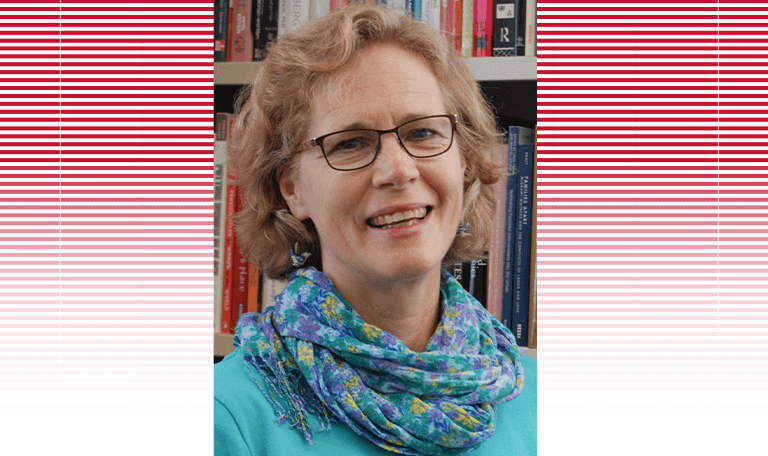Expanding opportunities for women and economic uncertainty are both factors in declining US fertility rates
Posted Jul 6, 2021

Posted Jul 6, 2021

The decline in population growth in the U.S. from 2010 to 2020 is part of a broader national trend linked to falling birth rates, but also immigration changes and other factors. In May of 2021 the scope of that change became clear, with a record low of 55.8 births per 1,000 women of childbearing age in 2020, a 4% drop from 2019. Other countries are facing similar slowdowns in population growth.
This shift has been underway in the U.S. for many years.
In the early 1900s, Iowa State University professor of sociology Ann M. Oberhauser’s grandfather grew up in a family with nine children in rural Iowa. They all worked hard to maintain the farm and support the family. Some of the children left the farm to attend college, start families, and find work elsewhere. Her father grew up in a city and worked as an adult to support his family as the sole income earner.
The next generation, the baby boomers, was raised during a period of economic expansion that accompanied an uptick in fertility – the average number of children born to a woman in her reproductive years. Post-boomer generations have had fewer children, contributing to a 50% decline in U.S. birth rates between 1950 and 2021, from 25 births per 1,000 people to 12.
Oberhauser contends that economic opportunities, social norms and changing gender roles – especially expanding education and employment options for many women – help to explain why fertility has slowed in the late 20th and early 21st centuries.
Read Oberhauser’s full article in The Conversation here.